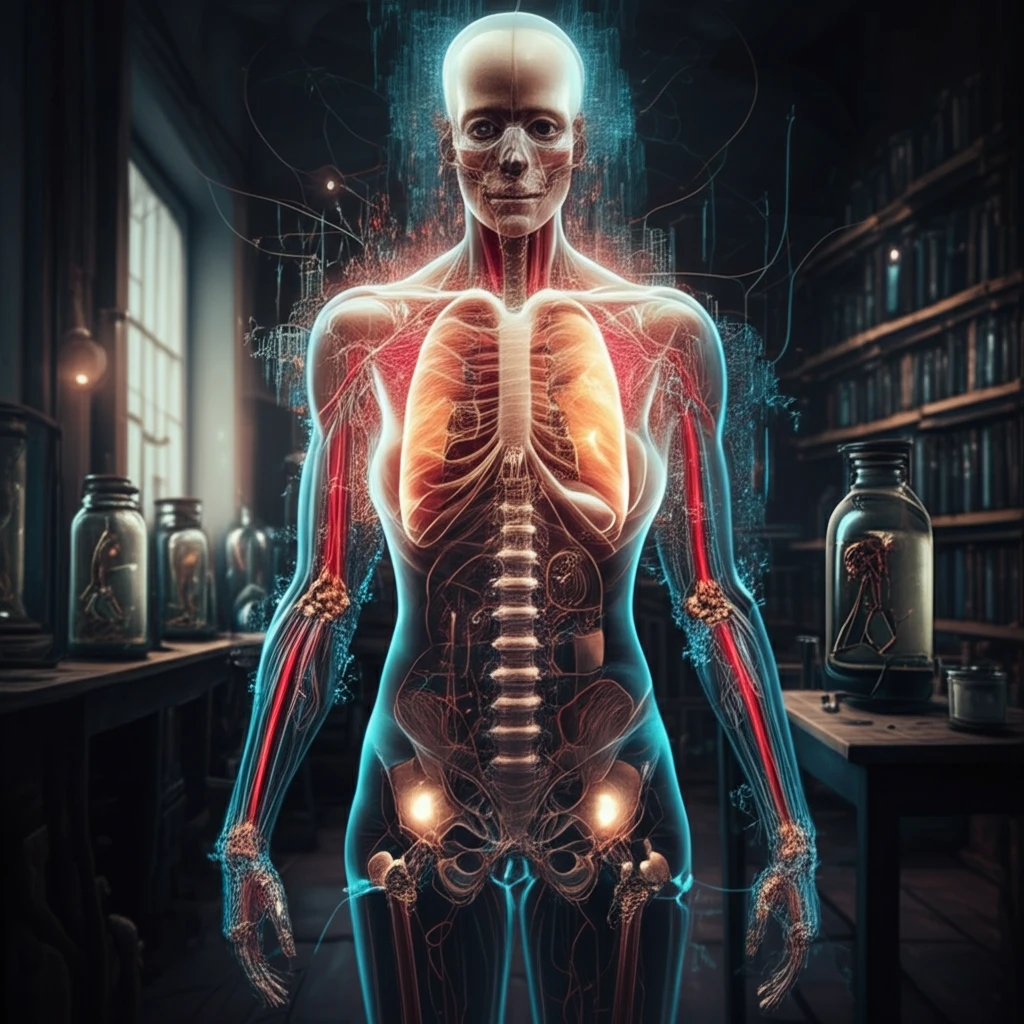
Unlocking the Past: How Digital Anatomy Preservation is Revolutionizing Medical Education and Heritage
"From ancient anatomical collections to cutting-edge 3D models, explore how technology is transforming the way we study the human body and preserve invaluable medical knowledge."
For centuries, the study of anatomy has been fundamental to medical education and practice. Anatomical collections, often painstakingly assembled and preserved, represent a tangible link to the past, offering invaluable insights into the intricacies of the human body. However, these collections are inherently fragile and vulnerable to damage or decay. Traditional methods of preservation, while effective to a degree, cannot fully prevent the gradual degradation of these irreplaceable resources.
Enter the digital revolution. In recent years, advancements in imaging technologies, 3D modeling, and virtual reality have opened up exciting new possibilities for preserving and studying anatomical specimens. Digital anatomy preservation offers a non-destructive means of capturing the intricate details of these historical artifacts, creating virtual replicas that can be studied, shared, and interacted with in ways never before imagined. This approach not only safeguards these precious collections for future generations but also enhances their accessibility and utility for medical education and research.
This article delves into the fascinating world of digital anatomy preservation, exploring its techniques, applications, and potential impact on medical education and our understanding of the human body. We will journey from the anatomical laboratories of Dakar to the cutting-edge imaging facilities of Montpellier, uncovering how technology is breathing new life into historical collections and revolutionizing the way we learn about anatomy.
The Rise of Digital Anatomy Preservation

Digital anatomy preservation encompasses a range of techniques aimed at capturing and replicating anatomical specimens in a digital format. These methods offer several key advantages over traditional preservation techniques: non-destructive imaging allows for detailed analysis without risking damage to the original specimen; digital models can be easily shared and accessed remotely, expanding access to valuable resources; and virtual reality and 3D printing technologies enable interactive exploration and physical replication of anatomical structures.
- Non-destructive: Digital techniques allow for study without damaging specimens.
- Accessibility: Digital models can be shared globally, democratizing education.
- Interactive: VR and 3D printing enable hands-on learning.
- Comprehensive: Capture both external and internal anatomical structures.
The Future of Anatomy Education
Digital anatomy preservation is poised to revolutionize medical education, providing students with unprecedented access to anatomical resources and interactive learning experiences. Virtual dissection tables, powered by high-resolution digital models, allow students to explore the human body in a risk-free and engaging environment. These tables can be used to simulate surgical procedures, practice anatomical identification, and explore complex anatomical relationships. Furthermore, the ability to 3D print anatomical structures enables students to create physical models for hands-on study and practice. As technology continues to advance, digital anatomy preservation will play an increasingly important role in shaping the future of medical education, preparing future generations of healthcare professionals with a deeper understanding of the human body.
